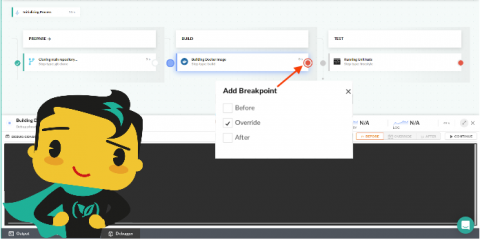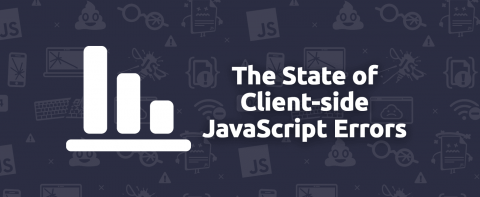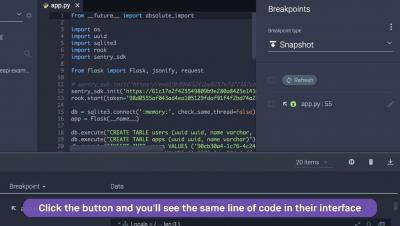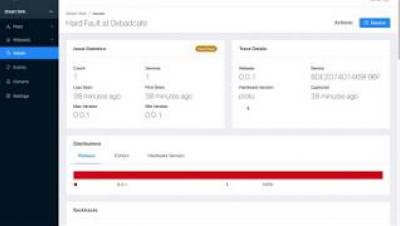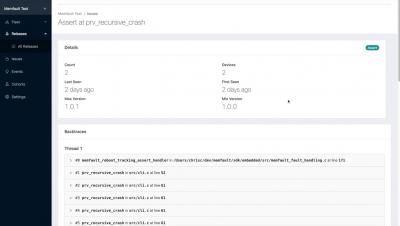Introducing the World's First CI/CD Live Debugging Tool
Today we’re announcing the first-ever solution for live debugging a CI/CD pipeline. You can now place stop/resume breakpoints and inspect live pipelines in the same way that developers debug their applications. It’s the easiest, fastest way to troubleshoot and fix bugs in complex pipelines. Live debugging is very well known to software developers and is one of the most efficient ways to find and fix bugs in application code.


